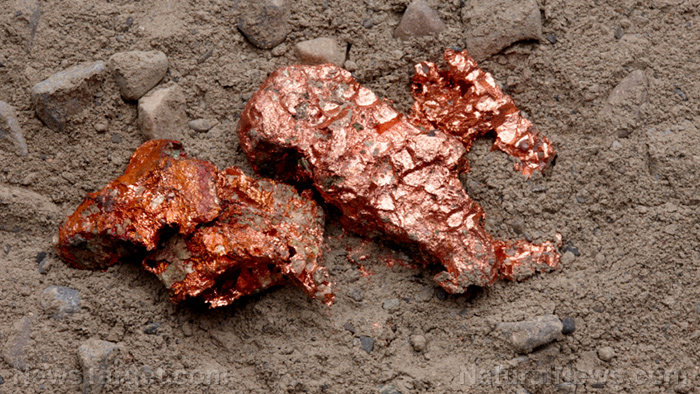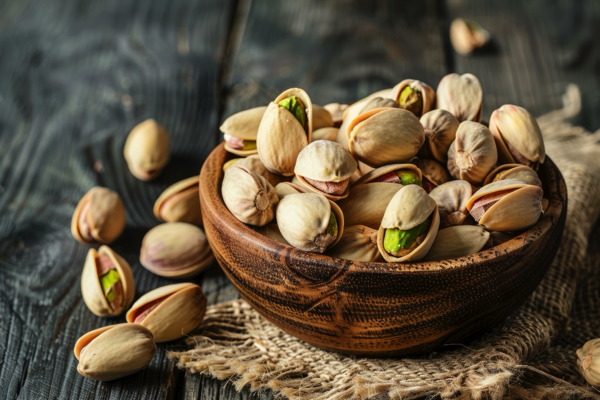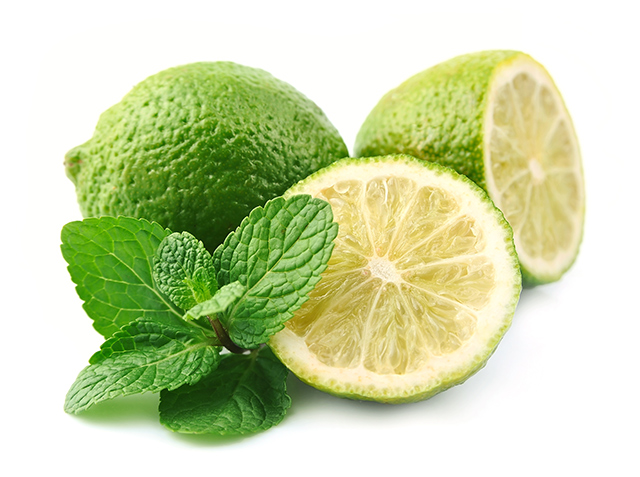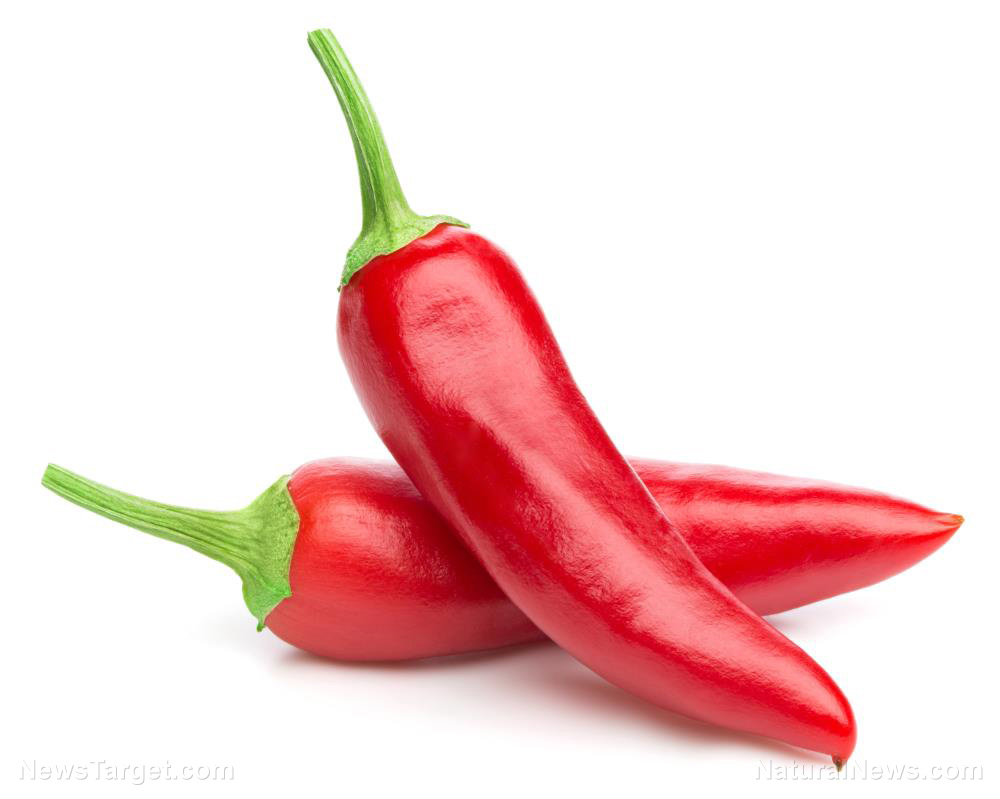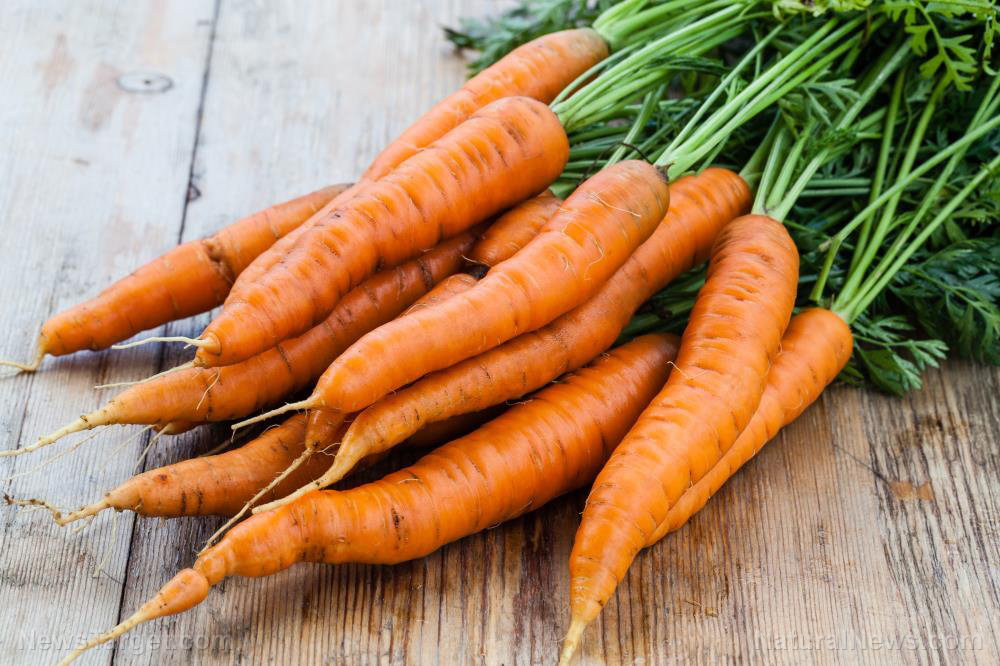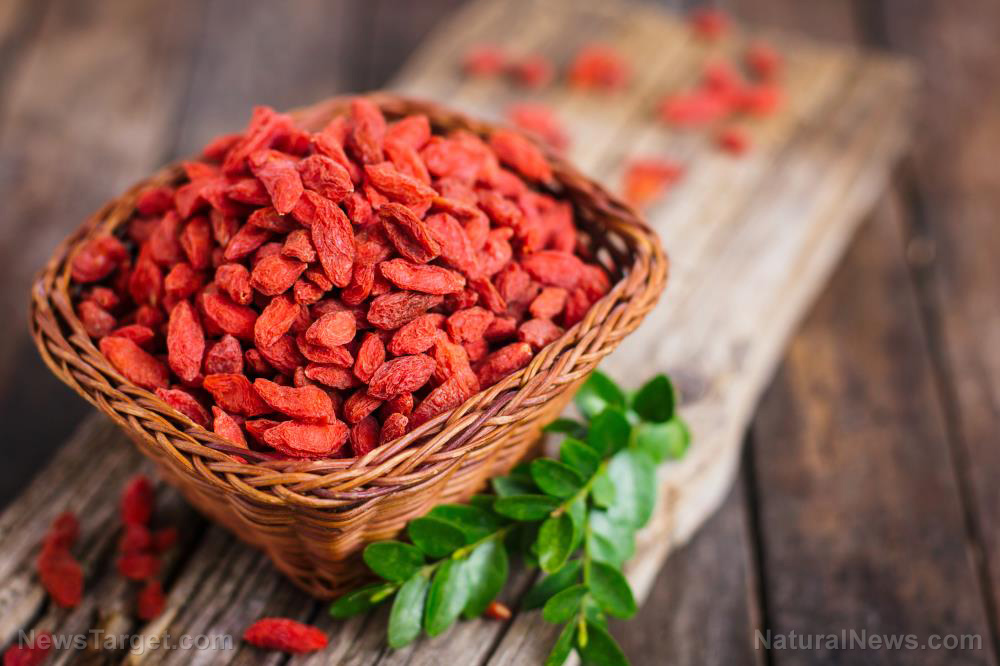The ancient superfood fenugreek bridges culinary delight and holistic healing
07/27/2025 / By Ava Grace

- Fenugreek, a humble yet powerful herb with roots dating back to 4,000 B.C., has been used in ancient civilizations like Egypt, Greece and Rome for culinary, medicinal and even embalming purposes. Today, it is a staple in Indian, Middle Eastern and North African cuisines and traditional medicine systems like Ayurveda and Traditional Chinese Medicine.
- Rich in phytonutrients such as saponins, flavonoids and diosgenin, fenugreek also boasts vitamins (C, thiamine, niacin) and minerals (iron, magnesium, manganese), along with high fiber content – making it a nutrient-dense superfood.
- Fenugreek aids in managing diabetes, improving digestive health, supporting lactation, promoting heart health, reducing inflammation and enhancing skin and hair health, backed by both traditional use and modern research.
- Its bitter, nutty and slightly sweet flavor makes it a versatile ingredient in dishes like methi paratha and fenugreek lentil soup. Medicinally, it can be consumed as tea, capsules or applied topically as a poultice for skin conditions.
- From ancient Egyptian rituals to modern kitchens worldwide, fenugreek’s enduring appeal lies in its dual role as a flavorful spice and a potent healing herb, solidifying its status as a timeless superfood.
Fenugreek (Trigonella foenum-graecum), a humble yet powerful herb, has been a cornerstone of traditional medicine and culinary practices for thousands of years. This annual plant, belonging to the Fabaceae family, is characterized by its trifoliate leaves and small, oblong seeds.
Native to the Mediterranean region, fenugreek has since spread across the globe, becoming a staple in kitchens and apothecaries alike. Its versatility as both a spice and a healing herb has earned it a revered place in cultures worldwide. This article delves into the history, nutritional profile, health benefits and culinary uses of fenugreek, offering a comprehensive look at why this ancient herb remains relevant today.
A brief history of fenugreek
Fenugreek’s origins can be traced back to ancient civilizations. Archaeological evidence suggests that it was cultivated as early as 4,000 B.C. in Mesopotamia. The herb was highly valued in ancient Egypt, where it was used not only as a food source but also in embalming rituals and to treat burns.
The Greeks and Romans adopted fenugreek for its medicinal properties, using it to soothe digestive issues and promote lactation in nursing mothers. Its Latin name T. foenum-graecum translates to “Greek hay,” reflecting its use as fodder for livestock in ancient Greece. (Related: Fenugreek reduces menopausal symptoms.)
Today, fenugreek is grown extensively in India, the Middle East, North Africa and parts of Europe. India is the largest producer and consumer of fenugreek, where it is known as methi and is a key ingredient in many traditional dishes. Its seeds and leaves are also used in Ayurvedic and Traditional Chinese Medicine, underscoring its global significance as a healing herb.
Nutritional powerhouse: Phytonutrients and more
Fenugreek is a treasure trove of phytonutrients, compounds that contribute to its health-promoting properties. Among its most notable constituents are:
- Saponins: These compounds have been shown to support cholesterol metabolism and immune function.
- Flavonoids: Known for their antioxidant properties, flavonoids help combat oxidative stress and inflammation.
- Alkaloids: These nitrogen-containing compounds may contribute to fenugreek’s ability to regulate blood sugar levels.
- Diosgenin: A steroidal sapogenin that has been studied for its potential anti-inflammatory and anticancer effects.
- 4-Hydroxyisoleucine: An amino acid derivative that plays a role in insulin secretion and glucose metabolism.
In addition to these phytonutrients, fenugreek is rich in vitamins (such as vitamin C, thiamine and niacin) and minerals (including iron, magnesium and manganese). Its high fiber content further enhances its nutritional profile, making it a valuable addition to any diet.
Fenugreek’s therapeutic properties have been validated by both traditional use and modern science. Here are some of the conditions and symptoms it may help address:
- Diabetes management: Fenugreek seeds have been shown to improve insulin sensitivity and lower blood sugar levels, making them a valuable tool for managing Type 2 diabetes.
- Digestive health: The mucilage in fenugreek seeds acts as a natural laxative, aiding in digestion and relieving constipation.
- Lactation support: Fenugreek is widely used to stimulate milk production in breastfeeding mothers, thanks to its galactagogue properties.
- Heart health: By reducing LDL cholesterol and triglycerides, fenugreek supports cardiovascular health.
- Anti-inflammatory effects: The herb’s compounds may help alleviate symptoms of arthritis and other inflammatory conditions.
- Skin and hair health: Fenugreek’s antioxidant properties make it a popular remedy for acne, eczema and hair loss.
Culinary and medicinal uses
Fenugreek’s unique flavor profile – bitter, nutty and slightly sweet – makes it a versatile ingredient in the kitchen. Its seeds are often toasted or ground into a powder, while its fresh or dried leaves are used as a herb. In Indian cuisine, fenugreek leaves are a key component of dishes like methi paratha (fenugreek flatbread) and aloo methi (potatoes with fenugreek). The seeds are used in spice blends such as panch phoron and sambar powder.
As a healing herb, fenugreek can be consumed in various forms:
- Tea: Steeping fenugreek seeds in hot water creates a soothing tea that aids digestion and reduces inflammation.
- Capsules: Fenugreek supplements are available for those seeking its health benefits in a convenient form.
- Poultices: Ground fenugreek seeds can be mixed with water to create a paste for topical application, helping to treat skin conditions and wounds.
An interesting anecdote about fenugreek comes from ancient Egypt, where it was believed to have protective properties. Egyptian women would burn fenugreek seeds as incense to ward off evil spirits and bring good fortune. This practice highlights the herb’s cultural significance beyond its medicinal and culinary uses.
Fenugreek’s distinctive flavor enhances a variety of dishes. Here are some recipe names where fenugreek plays a starring role:
- Methi malai paneer: A creamy Indian curry made with fenugreek leaves and paneer cheese.
- Fenugreek lentil soup: A hearty soup combining fenugreek seeds with lentils, tomatoes and spices.
- Fenugreek flatbread: A simple yet flavorful flatbread infused with fresh fenugreek leaves.
- Fenugreek chicken curry: A fragrant curry featuring fenugreek seeds and tender chicken pieces.
- Fenugreek honey tea: A soothing beverage made by steeping fenugreek seeds in hot water and sweetening with honey.
Fenugreek is known by various names across cultures, including methi (Hindi), helba (Arabic) and bockshornklee (German). Its seeds are small, hard and amber to yellow-brown in color, with a rhombic shape. The leaves are bright green and slightly bitter, while the seeds have a more pronounced bitterness with a hint of sweetness.
Fenugreek’s journey from ancient fields to modern kitchens and medicine cabinets is a testament to its enduring value. Whether used to spice up a dish, soothe an ailment or nourish the body, this remarkable herb continues to prove its worth. As research into its health benefits expands, fenugreek’s role in promoting wellness is likely to grow, solidifying its place as a true superfood.
Of course, this isn’t a substitute for medical advice, and it’s always a good idea to chat with a naturopathic physician who can tailor recommendations to your unique health needs.
For more fascinating insights into superfoods and their natural wonders, visit NaturalNews.com. It’s a treasure trove of articles that will deepen your understanding of the healing power of food.
If you’re into cutting-edge technology with a health twist, try Brighteon.ai. Created by Mike Adams, the Health Ranger, this AI model is a free download that you can run on your own device. It’s all about sharing knowledge freely and bypassing the filters of censorship.
And if you’re looking for a place to openly discuss everything from nutrition to natural remedies without any holds barred, Brighteon.com is your go-to spot. Don’t forget to check out free speech social media platforms, Brighteon.IO and Brighteon.social, where the conversation is always lively and uncensored.
Watch and learn about the effectiveness of fenugreek seed and plants.
This video is from the Holistic Herbalist channel on Brighteon.com.
More related stories:
Herb fenugreek could be natural Viagra, new study finds.
Flax, Fenugreek and Fennel strongly protect lungs and large intestine.
Manage Diabetes through Healthy Food Choices such as Fenugreek and Bitter Gourd.
Sources include:
Submit a correction >>
Tagged Under:
alternative medicine, fenugreek, food cures, food is medicine, functional food, herbal medicine, Herbs, ingredients, natural cures, natural health, natural medicine, nutraceuticals, phytonutrients, plant medicine, Trigonella foenum-graecum
This article may contain statements that reflect the opinion of the author
RECENT NEWS & ARTICLES
COPYRIGHT © 2017 PHYTONUTRIENTS NEWS


